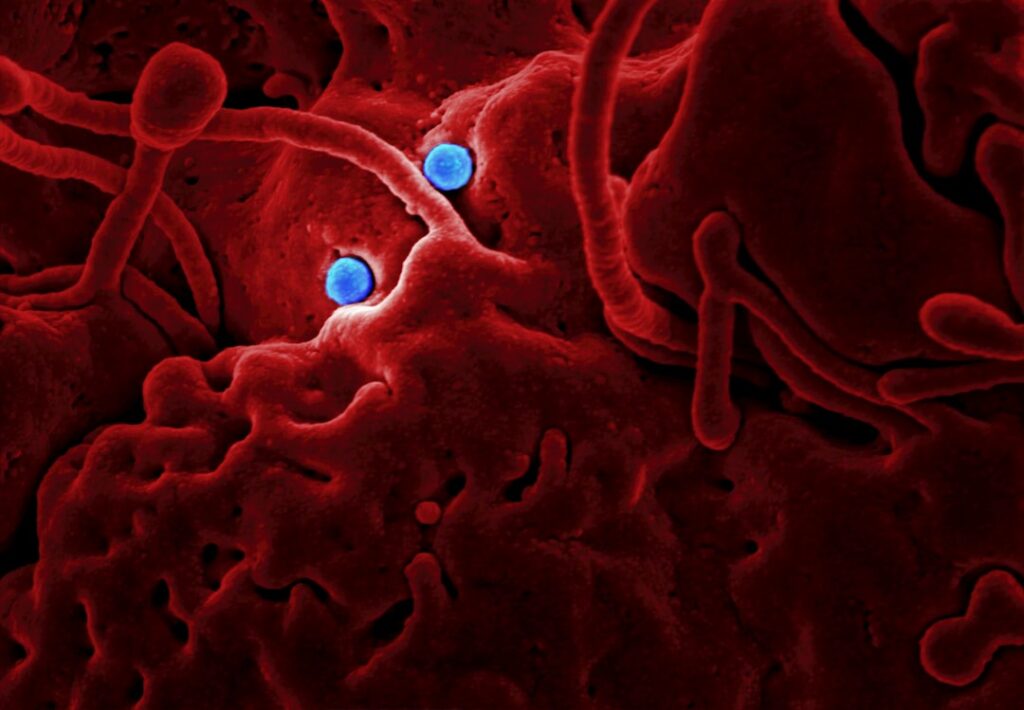Traffic congestion is a pervasive issue in cities around the world, causing frustration and stress for millions of commuters every day. The impact of traffic congestion extends beyond just inconvenience; it has significant social, economic, and environmental consequences. In this article, we will explore the various aspects of traffic congestion and its effects on society.
The daily grind of rush hour traffic
For many people, rush hour traffic is a daily reality that can be both physically and mentally exhausting. The typical rush hour experience involves long periods of time spent sitting in bumper-to-bumper traffic, inching forward at a snail’s pace. Commuters often find themselves spending hours each day in their cars, wasting valuable time that could be better spent on more productive activities.
Statistics on the amount of time spent in traffic paint a grim picture. According to the INRIX Global Traffic Scorecard, drivers in the United States spent an average of 97 hours stuck in traffic in 2018. This not only leads to frustration and stress but also has a significant impact on productivity and quality of life.
The psychological toll of being stuck in traffic
Being stuck in traffic can take a toll on one’s mental health. The stress and frustration caused by traffic congestion can lead to increased levels of anxiety and irritability. Research has shown that prolonged exposure to traffic congestion can have negative effects on mental well-being, including increased rates of depression and decreased overall life satisfaction.
The constant stop-and-go nature of traffic can also contribute to feelings of helplessness and loss of control. This can further exacerbate feelings of stress and frustration, leading to a negative impact on mental health.
The economic impact of traffic congestion
| Metrics | Values |
|---|---|
| Annual cost of congestion per driver | 1,400 |
| Annual cost of congestion per city | 160 billion |
| Hours wasted in traffic per driver per year | 97 hours |
| Percentage of commuters who drive alone | 76% |
| Percentage of congestion caused by accidents | 25% |
| Percentage of congestion caused by bottlenecks | 50% |
Traffic congestion comes with a hefty price tag for individuals and businesses alike. For individuals, the financial costs of sitting in traffic include increased fuel consumption, wear and tear on vehicles, and lost productivity due to time wasted in traffic. According to the Texas A&M Transportation Institute, traffic congestion cost the average American commuter $1,348 in 2019.
Businesses also bear the brunt of traffic congestion. Delays caused by traffic can lead to increased costs for shipping and logistics, as well as decreased productivity for employees who spend significant amounts of time commuting. In addition, traffic congestion can deter potential customers from visiting businesses, leading to lost revenue.
On a broader scale, traffic congestion has a significant economic impact on cities and regions. It can hinder economic growth by slowing down the movement of goods and services, as well as discouraging businesses from investing in areas with high levels of congestion.
The environmental cost of traffic jams
Traffic congestion is not only a nuisance but also a major contributor to environmental degradation. The idling engines and stop-and-go traffic associated with congestion lead to increased air pollution and carbon emissions. According to the World Health Organization, air pollution from transportation is responsible for approximately 4.2 million premature deaths each year.
The long-term consequences of traffic congestion on the planet are also concerning. The increased reliance on cars and the resulting congestion contribute to urban sprawl, which leads to habitat destruction and loss of green spaces. Additionally, the emissions from vehicles contribute to climate change, further exacerbating environmental issues.
The role of city planning in reducing traffic congestion

City planning plays a crucial role in alleviating traffic congestion. By implementing smart urban planning strategies, cities can create more efficient transportation systems that reduce the need for individual car use.
One effective strategy is the development of mixed-use neighborhoods that promote walkability and reduce the need for long commutes. By creating communities where people can live, work, and play in close proximity, cities can reduce the number of cars on the road and encourage alternative modes of transportation.
Another important aspect of city planning is the development of comprehensive public transit systems. By investing in high-quality public transportation options, cities can provide viable alternatives to driving, reducing congestion and improving air quality.
The future of transportation: alternatives to driving
In order to reduce traffic congestion, it is essential to explore alternative modes of transportation. Public transit is one such option that has the potential to significantly reduce congestion. By providing reliable and efficient public transportation systems, cities can encourage people to leave their cars at home and opt for more sustainable modes of transportation.
Biking and walking are also viable alternatives for short-distance travel. By creating safe and accessible infrastructure for cyclists and pedestrians, cities can encourage active transportation and reduce the number of cars on the road.
However, it is important to acknowledge that each mode of transportation comes with its own set of challenges. Public transit systems need to be well-maintained and affordable in order to be an attractive option for commuters. Biking and walking infrastructure needs to be safe and accessible for people of all ages and abilities.
The impact of technology on traffic flow
Technology has the potential to revolutionize traffic flow and reduce congestion. Intelligent transportation systems can use real-time data to optimize traffic signal timing, manage traffic flow, and provide drivers with up-to-date information on road conditions.
Innovative traffic management systems, such as adaptive traffic signals and dynamic tolling, have been shown to significantly reduce congestion in certain areas. These systems use advanced algorithms and sensors to adjust traffic signal timings based on real-time traffic conditions, allowing for a more efficient flow of vehicles.
The social implications of traffic congestion
Traffic congestion has social implications that go beyond just inconvenience. It can exacerbate social inequality by disproportionately affecting low-income communities who may have limited access to alternative modes of transportation. These communities often bear the brunt of the negative health effects associated with air pollution caused by traffic congestion.
Furthermore, traffic congestion can have a negative impact on community cohesion. The time spent sitting in traffic can limit opportunities for social interaction and community engagement. This can lead to a sense of isolation and disconnection from one’s community.
The connection between traffic and public health
Traffic congestion has significant implications for public health. The air pollution caused by traffic congestion has been linked to a wide range of health problems, including respiratory issues, cardiovascular disease, and even premature death. The World Health Organization has classified air pollution as a leading environmental cause of cancer.
In addition to the physical health risks, traffic congestion also takes a toll on mental health. The stress and frustration associated with being stuck in traffic can contribute to the development of stress-related illnesses, such as anxiety and depression.
The global perspective: traffic congestion in major cities around the world
Traffic congestion is not limited to any one region or country; it is a global issue that affects cities around the world. Major cities such as Los Angeles, New York City, London, and Tokyo are notorious for their traffic congestion problems.
While the causes and consequences of traffic congestion may vary from city to city, there are some common themes that emerge. Rapid urbanization, population growth, and inadequate infrastructure are often cited as contributing factors to traffic congestion in major cities.
Traffic congestion is a complex issue with far-reaching consequences. It impacts individuals, businesses, and communities on multiple levels. However, there are steps that can be taken to reduce traffic congestion and create more sustainable transportation systems.
By investing in public transit, promoting alternative modes of transportation, implementing smart urban planning strategies, and leveraging technology, cities can make significant progress in alleviating traffic congestion. It is up to individuals, communities, and policymakers to take action and prioritize sustainable transportation solutions in order to create a better future for all.





